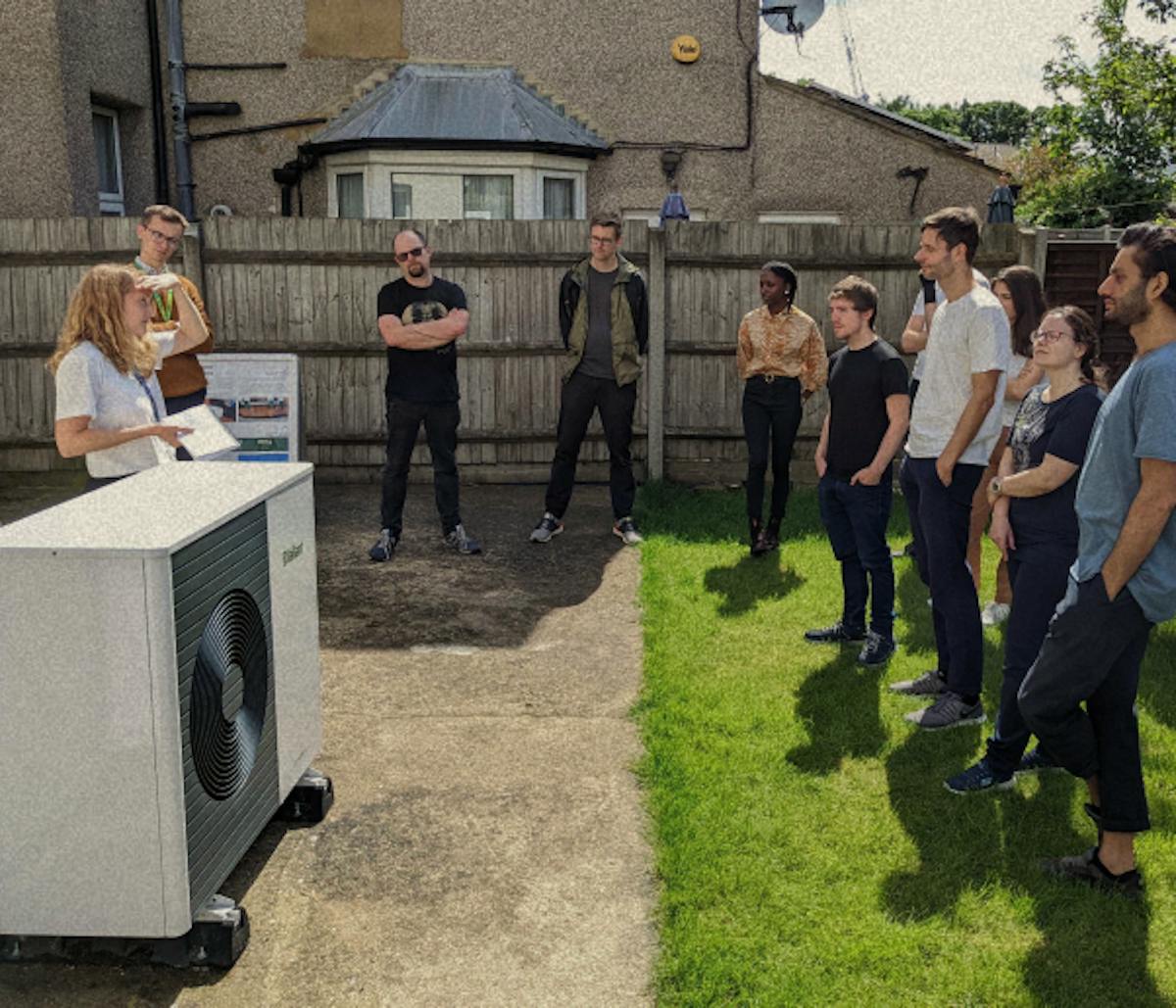By 2029, five million homes could be warmer, greener, and cheaper to run if the government’s forthcoming Warm Homes Plan delivers on its promise.
Backed by £13.2 billion, the Plan aims to help households adopt low-carbon heating systems, energy efficiency measures, as well as other improvements like solar panels and batteries.
While details of what the Plan could entail remain scarce, speculation has been rife. Reports suggest the government is weighing up a mixture of demand-side measures, from boosted subsidies and government-backed loans to rebalanced electricity bills. [1]
Speaking in Parliament, Energy Consumers Minister Martin McCluskey recently stressed: “The Warm Homes Plan will work only if we take people with us and deliver change at pace and at scale to the highest standards”. [2] Key to this, in my view, is ensuring we have the skilled workforce in place to manufacture, install, and maintain these low-carbon technologies.
A shortage of heat pump workers puts the UK’s warm homes ambition at risk
Heat pumps are central to both decarbonising the UK’s building stock and reducing energy bills, but there’s a major question hanging over their rollout: where will the workforce come from? Today, fewer than 10,000 workers are active in this sector, yet meeting projected demand will require that number to soar to over 100,000 by 2035. [3]
The challenge is amplified by stiff competition for skilled labour. Alongside the energy efficiency target, the government aims to build 1.5 million new homes and decide on 150 nationally significant infrastructure projects - risking tight competition for the same limited pool of trade skills.
To better understand where the workforce will come from, the Aldersgate Group, in partnership with The MCS Foundation, Phoenix Group, and Santander UK, commissioned WPI Economics to analyse online job postings data. [4] Our research identified 76,000 jobs in England with heat pump-relevant skillsets, such as plumbers, pipefitters, and manufacturing engineers. Transitioning these workers to heat pumps will be challenging, however, as many of those employed in these jobs work in small businesses with limited capacity to retrain, are approaching retirement, or are already in high-demand occupations. In fact, we found that occupations accounting for 91% of the potential heat pump installation workforce appear on the Skilled Worker Visa Temporary Shortage List.
Concerningly, we also identified low levels of participation in heat pump-related further education and apprenticeships. Many colleges and training providers are not offering the most relevant programmes, such as the Level 3 Low Carbon Heating Technician apprenticeship, due to limited employer demand.
Targeted interventions are needed to build a strong talent pipeline
Stimulating demand for low-carbon heating is only half the battle. The recent Clean Energy Jobs Strategy is a start, but without targeted measures to retrain workers and boost apprenticeships, the Warm Homes Plan risks stalling.
Our research identified that micro and small businesses represent the majority of employers hiring people with heat pump-related skills, yet many lack the resources to train staff or take on apprentices. Offering greater financial support, either in the form of an enhanced Heat Training Grant or Apprentice Incentive Payment, could help tip more SMEs to retrain and take on apprentices.
Diversity is another pressing issue, with women making up just 8% of the potential heat pump workforce. Beyond the clear untapped potential among underrepresented groups, a more representative workforce is also better positioned to understand and meet the needs of consumers. The anticipated government-backed, industry-led clean energy jobs campaign must focus on reaching young people and underrepresented groups to widen the talent pool. [5]
The UK’s ambition to upgrade five million homes is bold, but will struggle without a skilled, diverse, and competent workforce. Workforce development isn’t just nice to have; it’s the engine that will drive the Warm Homes Plan from policy paper to people’s homes.
References
[1] Politico, July 2025, Revealed: Labour’s multi-billion pound plan to slash energy bills
[2] House of Commons debate, November 2025, Warm Homes Plan
[3] Heat Pump Association, November 2024, Projecting the future domestic heat pump workforce
[4] WPI Economics on behalf of the Aldersgate Group, November 2025, Workforce planning for clean heat: Where will the heat pump workforce come from?
[5] Department for Energy Security and Net Zero, October 2025, Clean energy jobs plan
[Image credits: Sam Bush / Nesta / Climate Visuals]





